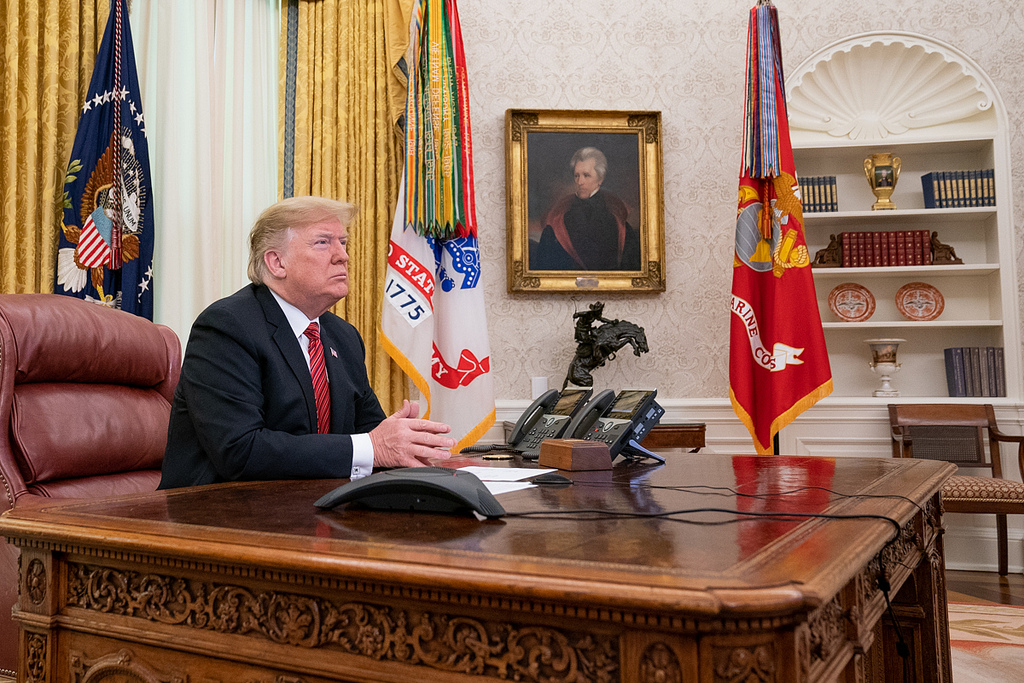
A silly move for a president who says he wants to grow factory jobs.
It seems like a thousand news cycles ago now, but President Trump unveiled his proposed 2020 budget on Monday.
The $4.75 trillion budget includes major cuts to federal spending for domestic programs while increasing funding for defense and border security. Lots of people are fired up about it, but it’s important to keep in mind that Congress has the ultimate say over the budget — and lawmakers have rejected many of Trump’s budget requests in the past.
Still, the budget does offer a glimpse into the Trump administration’s priorities for the upcoming year, and as such we spent some time digging through the document for items that may impact manufacturing. One thing in particular caught our eye: Trump’s proposal to severely cut — and eventually phase out — federal funding for the Manufacturing Extension Partnership (MEP) program.
This is a terrible idea. Just terrible.
MEP runs a network of centers in all 50 states and Puerto Rico designed to help small and medium-sized manufacturers improve their businesses, including through things like product development, worker training programs, and business continuity planning.
MEP punches above its weight when it comes to achieving results. The $128 million invested in MEP during fiscal year 2017 generated almost $1.9 billion in returns to the federal treasury, according to a study by the Upjohn Institute.
Meanwhile, MEP has helped create 985,117 jobs since its founding in 1988. That’s nearly a million jobs!
That’s not all, either. When MEP celebrated its 30th anniversary last year, it noted it has worked with 94,033 manufacturers, helping generate $111.3 billion in sales and $18.8 billion in cost savings for its clients.
That is why it strikes us as foolhardy for the Trump administration to try to gut the program. Trump proposes cutting current funding levels by $125 million for fiscal 2019 — which would leave just $5 million left for the program. Eventually, the federal government would cut off all funding, according to the proposal.

Sadly, this isn’t the first time Team Trump has wanted to cut funding for MEP. When AAM’s own Scott Paul spoke at MEP’s 30th anniversary event last year, he talked about why this is so short sided:
“The taxpayer investment in MEPs, a tiny, tiny, fraction of the federal budget, is returned many, many times over in the jobs, the income, the wealth created from a thriving and growing manufacturing base. Still, MEP has its critics and skeptics. To them I say this: You can be philosophical, or you can be realistic. If we don’t fight for our makers, someone else will get the business, in China, or Germany, or Brazil, or somewhere else.”
Trump loves talking about how he’s such a big champion for manufacturing, and he’s focused most of his policy attention on rebalancing trade.
We can debate how Trump’s trade efforts have played out so far. But one thing that’s not up for debate? Even if Trump hits a home run on trade — even if he does end up getting the very best deal with China —all of it will be for naught if the United States does not take steps to strengthen its manufacturing base right here at home.
Instead of seeking to cut funding for MEP, the administration would be better served to study its success and find ways to replicate it.
Riley Ohlson contributed to this report.
